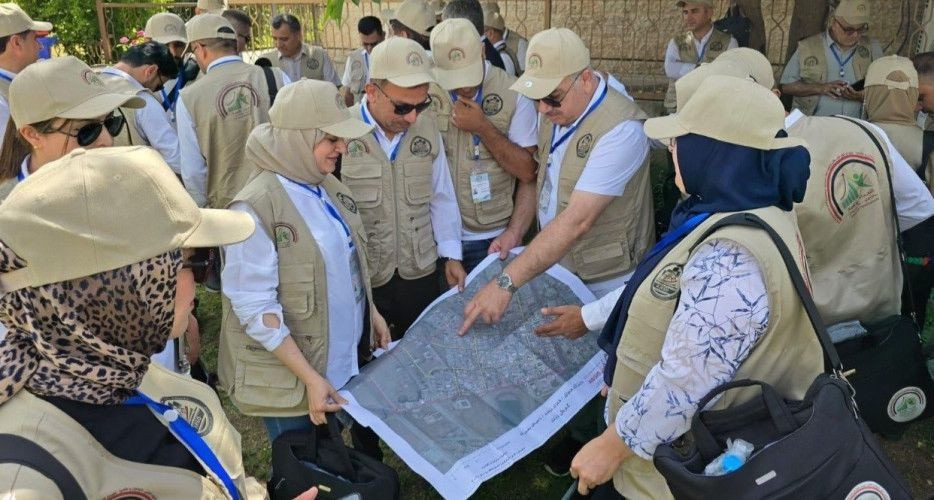
Peregraf
Iraqi Prime Minister Mohammed Shia al-Sudani has revealed the preliminary results of the country’s general census, showing that Iraq’s population has surpassed 45 million, with notable demographic details.
Speaking at a press conference in Baghdad, Sudani stated, "Iraq’s population has reached 45,407,890 people, with 70.3 percent residing in urban areas and 29.7 percent in rural areas."
According to census data, Iraq has a total of 7,898,588 families, with an average of 5.3 members per family.
The male population in Iraq stands at 22,784,062, accounting for 50.1% of the total population, while the female population is 22,623,833, representing 49.8%. This data contradicts the common belief in Iraqi society that females significantly outnumber males.
The results shed light on Iraq’s rapid population growth and its urban-rural divide, offering critical data for future planning and development initiatives.
Key Findings from the Population Census:
Total Population: 45,407,890.
Population Distribution: 70.3% in urban areas, 29.7% in rural areas.
Number of Households: 7,898,588, with an average of 5.3 individuals per household.
Gender Distribution:
- Males: 50.1% (22,784,062).
- Females: 49.8% (22,623,833).
Female-Headed Households: 11.33% of households are headed by women, while 88.67% are headed by men.
Population Age Structure:
- Under Working Age (less than 15 years): 36.1%.
- Working Age (15-64 years): 60.2%.
- Over Working Age (65 years and older): 3.7%.
Additional Demographic Insights:
Population Growth Rate: 2.3%.
Number of Dwellings: 8,037,221, categorized as follows:
- 92.1% residential houses.
- 6.6% apartments.
- 0.4% mud houses.
Iraq’s Population Exceeds 45 Million: #Census Results Announcedhttps://t.co/wjC59MOkmI pic.twitter.com/0UZqZonXlm
— Peregraf (@PeregrafNews) November 25, 2024